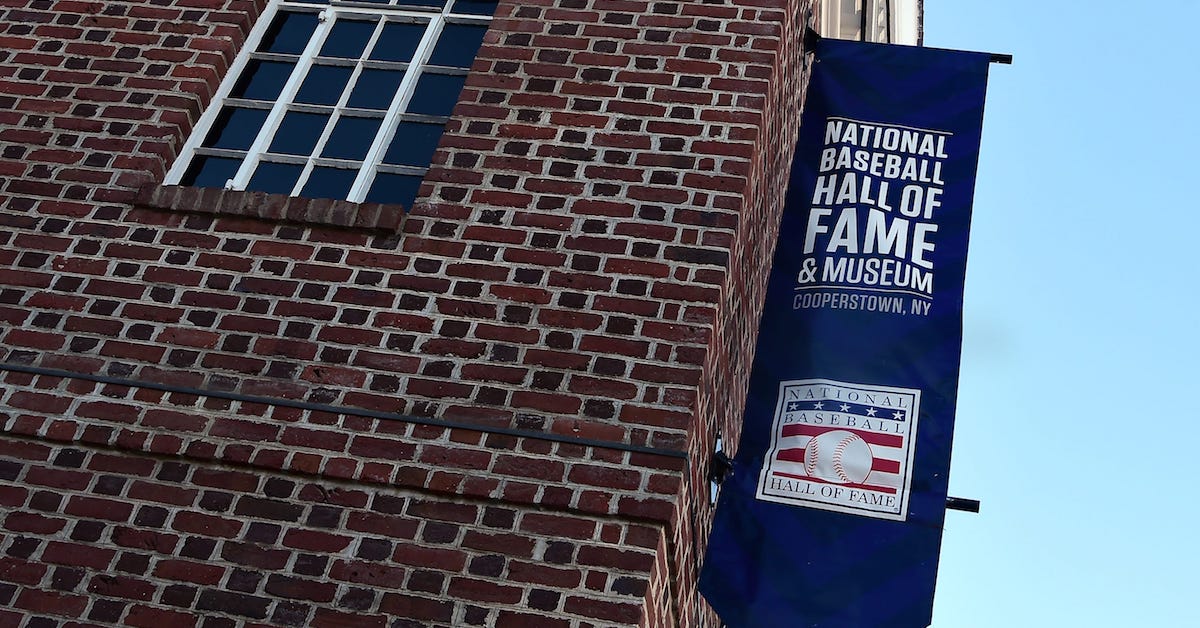As Jacob deGrom Returns, the Rangers Look Like Contenders

Jacob deGrom made his Cactus League debut on Saturday, tossing two perfect innings against the Royals and looking dominant while doing so. The 36-year-old righty, who returned from his second Tommy John surgery to make three abbreviated starts last September, projects to be the team’s most valuable starter, even while pitching at the back of the rotation in order to limit his innings. He’s the most substantial “addition” to a team that succumbed to a championship hangover last year but is forecast (barely) to have the upper hand in a three-way race in the AL West.
After winning the 2023 World Series in manager Bruce Bochy’s return to the dugout, so much went wrong for the Rangers in terms of injury and underperformance last season that they slipped to 78 wins and third place in the AL West. But while the Astros traded Kyle Tucker and lost Alex Bregman this winter, and the Mariners mostly sat on their hands, the Rangers had a comparatively productive winter, with general manager Chris Young making a couple key trades and adding a handful of free agents to augment their lineup and overhaul their bullpen. Our Playoff Odds currently project Texas for 84.8 wins and a 32.8% chance of winning the division, compared to 84.4 wins for the other two teams, with Seattle’s odds at 30.6% and Houston’s at 29.4%. Obviously, that’s a true toss-up, but things look better for the Rangers than at the start of last year, when even as reigning champs, they projected for 81.8 wins (and 10.7% odds) to the Astros’ 90.5.
Unlike Jake Burger, Kyle Higashioka, Chris Martin and Joc Pederson — the most prominent outside additions to this roster — deGrom was already a Ranger, having signed a five-year, $185 million deal in December 2022. Yet his contribution since putting pen to paper has been minimal. He made just six starts before needing another repair of his torn ulnar collateral ligament on June 12, 2023 (his first was in 2010). Fifteen months and one day later, he returned to throw 10.2 innings spread over three starts, enough to provide some peace of mind heading into the offseason. Read the rest of this entry »








